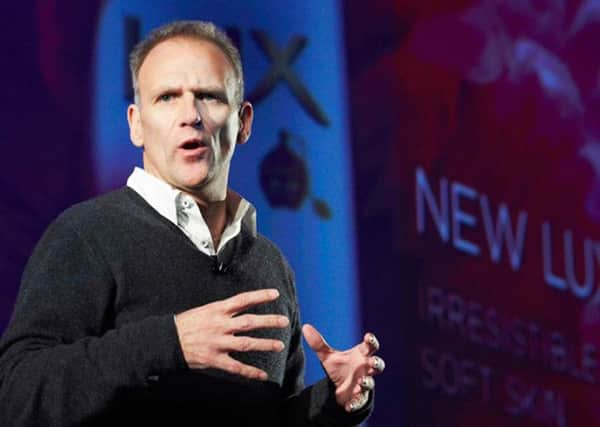Tesco: Turnaround comes at a cost


Reporting results one week after rival Sainsbury’s showed it too was starting to recover from the turmoil hitting the sector, Tesco posted results showing that like-for-like sales in its home market were down 1 per cent in the second quarter, an improvement from the 1.5 per cent fall in the first.
Transactions and volumes of products sold both rose, but the move to cut prices, improve customer service and increase product availability all came at a cost.
Advertisement
Hide AdAdvertisement
Hide AdHeavy investment meant that operating profit before one-off items, its new headline performance measure, fell 55 per cent to £354m in the six months to August 29, its fiscal first half.
Dave Lewis, chief executive at Tesco, said: “We have delivered an unprecedented level of change in our business over the last twelve months and it is working.
“The first-half results show sustained improvement across a broad range of key indicators.”
The group reiterated its outlook for the full year but said it remained ready to invest further in the business if needed. It also said it would retain its Dunnhumby data business.
Advertisement
Hide AdAdvertisement
Hide AdAfter two decades of growth, Tesco lost its way - distracted by an expensive overseas expansion strategy when it needed to respond to the rise of discount grocers Aldi and Lidl in its home market.
It reported an annual loss of £6.4bn in April, one of the biggest in British corporate history.
Richard Hunter, head of equities at Hargreaves Lansdown Stockbrokers, said: “Tesco still needs some assistance in the bagging area, but nonetheless looks much healthier than a year ago.
“The more obviously positive pockets include the ongoing strengthening of the balance sheet, transactions and volumes holding up well although being pressurised by food price deflation, some growth in the international business and a renewed focus on cash generation.
Advertisement
Hide AdAdvertisement
Hide Ad“Within these measures, the group is changing the way it deals with its pension deficit and lease commitments, whilst cost cutting measures and a crimped capital expenditure line are also helpful.
“Less positively, there is some concern around Tesco retaining its retail data arm in the absence, it would appear, of a willing buyer, whilst the lack of an interim dividend is prudent but disappointing. The outlook is guarded and the full year guidance unchanged, whilst currency headwinds may continue to provide additional obstacles.
“The somewhat mixed news of progress is reflected in a share price which has dipped 21 per cent over the last six months, as compared to a 7 per cent drop for the wider FTSE100, yet has managed a 9 per cent gain over the last year, during which period the index fell 4 per cent.
“There is clearly much more to be done, but the progress to date in such a short period of time is laudable and may even result in the market consensus of the shares as a strong hold coming under some positive pressure.”
Advertisement
Hide AdAdvertisement
Hide AdThe new national living wage will add to costs faced by the businesses, with Tesco confirming it will cost it around £500m to hike its wages to meet the £9 an hour minimum by 2020.
But Mr Lewis said the group already pays more than the £7.20 minimum being brought in under the new living wage plans next April, adding that with all the extra staff benefits taken into account, its hourly pay is closer to £9.